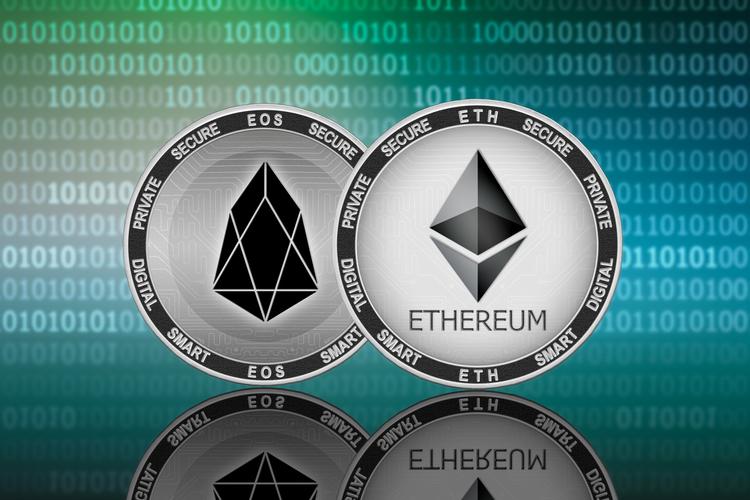Understanding the Binance ETH to Ledger Process: A Comprehensive Guide for You
When it comes to managing your Ethereum (ETH) assets, the Binance platform is a go-to destination for many. However, transferring your ETH from Binance to a Ledger wallet is a process that requires careful attention to detail. In this article, we will delve into the intricacies of the Binance ETH to Ledger process, providing you with a step-by-step guide and valuable insights along the way.
Why Choose Ledger for Your ETH Storage?
Before we dive into the transfer process, let’s understand why a Ledger wallet is a preferred choice for storing your ETH. Ledger is a reputable hardware wallet manufacturer known for its robust security features and user-friendly interface. Here are a few reasons why Ledger stands out:

- Security: Ledger wallets use advanced security protocols to protect your ETH from online threats and unauthorized access.
- Multi-Asset Support: Ledger wallets support a wide range of cryptocurrencies, including Ethereum, Bitcoin, and more.
- Easy to Use: The Ledger app is designed to be intuitive, making it easy for users of all skill levels to manage their digital assets.
Now that we’ve established the benefits of using a Ledger wallet, let’s move on to the transfer process.
Step-by-Step Guide to Transferring ETH from Binance to Ledger
Transferring your ETH from Binance to a Ledger wallet involves several steps. Below, we’ll walk you through the process, ensuring a smooth and secure transfer:
- Backup Your Ledger Wallet: Before making any changes to your wallet, it’s crucial to backup your Ledger device. This ensures that you can restore your wallet in case of any issues.
- Generate a New Address on Your Ledger Wallet: Open the Ledger Live app and navigate to the Ethereum section. Click on “Receive” to generate a new ETH address. Make sure to copy the address and keep it in a safe place.
- Log in to Your Binance Account: Access your Binance account and navigate to the “Withdraw” section. Select Ethereum (ETH) as the cryptocurrency and enter the amount you wish to transfer.
- Paste the Ledger Address: In the “Recipient Address” field, paste the Ethereum address you generated on your Ledger wallet. Double-check the address to ensure accuracy.
- Set the Transaction Fee: Choose a transaction fee that aligns with your desired confirmation time. Higher fees typically result in faster confirmations.
- Confirm the Transaction: Review the transaction details and confirm the transfer. Once the transaction is confirmed, the ETH will be sent to your Ledger wallet.
- Verify the Transaction: After the transfer is complete, log in to your Ledger wallet and verify the transaction. You should see the received ETH in your wallet.
Understanding Transaction Fees
Transaction fees play a crucial role in the Binance ETH to Ledger process. Here’s what you need to know:
- Network Fees: Ethereum network fees are determined by the current demand for transaction confirmations. Higher demand leads to higher fees.
- Transaction Speed: The transaction fee you choose will affect the speed at which your ETH is transferred. Higher fees typically result in faster confirmations.
- Estimated Fees: Binance provides an estimated fee based on the current network demand. Use this as a reference when setting your transaction fee.
It’s essential to choose a transaction fee that aligns with your desired confirmation time. Higher fees may seem appealing, but they can be costly, especially if you’re transferring a large amount of ETH.
Common Issues and Solutions
While transferring ETH from Binance to Ledger is generally a straightforward process, you may encounter some issues along the way. Here are some common problems and their solutions:
- Incorrect Address: Double-check the Ethereum address you entered on Binance. An incorrect address can result in the loss of your ETH.
- Insufficient Fees: If your transaction fee is too low, it may not be processed by the network. Increase the fee and try again.
- Network Congestion: High network congestion can lead to delays in transaction


